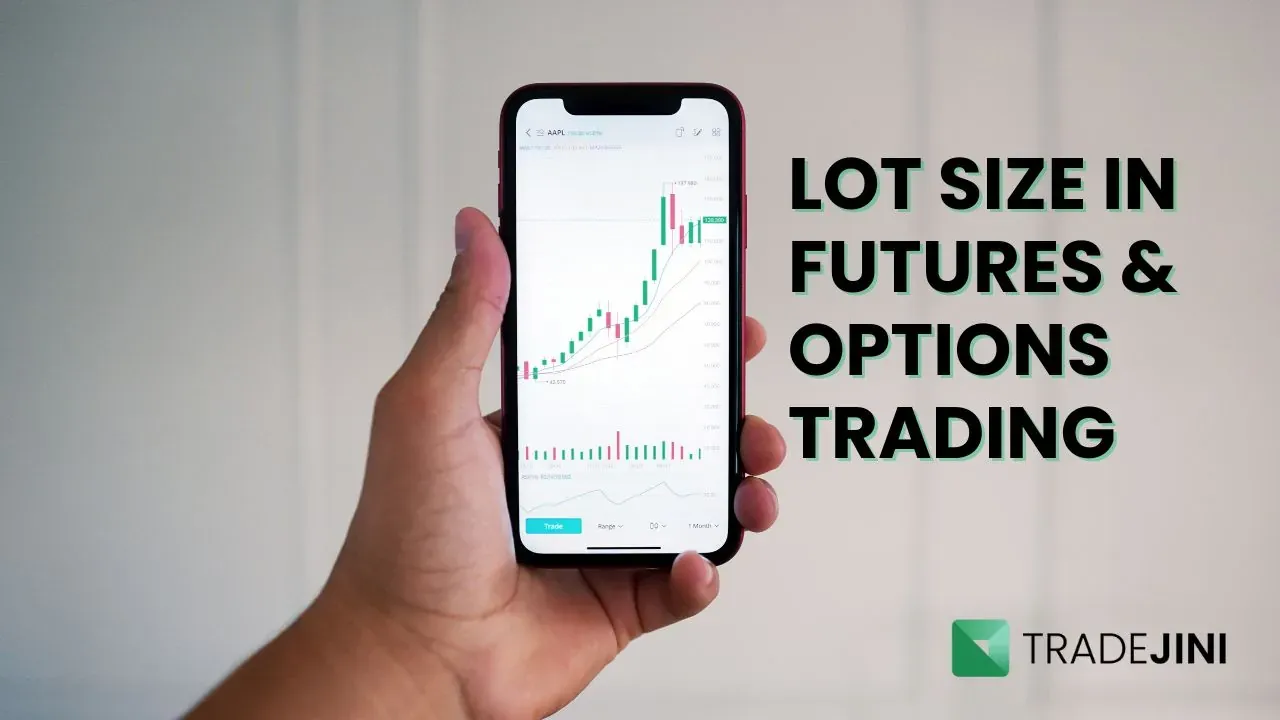How can you structure your financial groundwork?
‘I invested and made huge profits, bro! When are you gonna invest machha?’
‘Invest in this stock da and I promise it will take off, bro, trust me!’
‘Buy low, sell high, bro… dividends, mutual funds, futures, and options, bro’.
I am sure that everyone has heard these words at one point or another and thought, ‘Hey, why shouldn’t I start investing? I mean, all of them are making big profits and after all, it seems pretty simple and straightforward, right?’ and then proceeded to give it a shot.
Only to be utterly confused about all the options, charts, graphs, abbreviations, reds and greens, and so on… Now you’re even more confused and puzzled than when you started off. I think I just narrated my own story but hopefully somebody related to something at least.
But one thing you did right was to come to this article because this article will enlighten you about all you need to know about the basics of investing.
Before we start, let’s get our fundamentals right.
What?
Investing simply means making your money grow over time. When you invest, you put your money to work with the expectation of a positive return on your ‘investment’ through income or appreciation of the assets you’ve ‘invested’ in. The income you generate from the appreciation of your investments is called ‘income from capital gains’.
Why?
The thing is, you should never let your hard-earned money sit idle and collect dust in your wardrobe or pennies in a savings bank account. You should look at your money as an extension of yourself who also earns and provides for your needs and wants. And the solution to this is to invest to build wealth and meet your future goals.
When?
It depends on your financial soundness and interest. But usually, it is advised that you start your investment journey early in your life, giving it sufficient time for the returns in the form of dividend income, interest, and appreciation to accumulate over time. Remember, ‘time in the market usually beats timing the market’.
Diving into the crux
Now that you have a basic idea about investing, let’s build upon that foundation. So, first things first. What’s your goal? What’s the motive behind investing? Once you have a basic understanding of your goals, you can plan.
1. Setting an investment goal
Generally, the following are the most common goals that most people have while investing:
- Growing wealth: Investing will increase net worth over time, enabling greater financial security and lifestyle upgrades.
- Beating inflation & Tax Planning: Ensuring investment returns exceed inflation is necessary to maintain purchasing power while using strategies to minimise taxes.
- Achieving financial goals and independence: Aiming for specific financial milestones and attaining a state where employment income is no longer necessary.
- Providing passive income: Generating income with minimal ongoing effort through investments like dividends, rental properties, or interest-bearing assets.
Now that you know your goal, you have a purpose for investing. Which is a good place to begin investing?
There are several options to pick from depending on your ‘risk tolerance’.
What is that?
2. Risk tolerance
So we all know that risk and reward are directly proportional. The higher the risk, the higher the reward and vice versa.
Risk tolerance is the amount of loss that you are ready to handle while making an investment decision.
It’s like, ‘Hey, I am ready to invest x amount of money, knowing I run a risk of losing the whole amount in the pursuit of earning profits.’
Understanding your risk tolerance is crucial in making an investment decision. Essentially, knowing your risk tolerance level helps you plan your portfolio and investment strategies. We will cover investments based on risk later on in the article.
3. Determine your budget
The next step is to set up your budget. This step is crucial because you wouldn’t want to invest peanuts in the market and also get peanuts in return. You also don’t want to go all in and risk losing it all, especially when you’re a newbie and inexperienced.
The trick is to invest just the right amount- where it doesn’t cause a financial burden to you, but also shouldn’t feel insignificant or insubstantial. It is recommended that you start with small amounts and slowly make your way into higher amounts and riskier investments.
And also remember that this whole investment fund is a long-term thing. It’s a marathon, not a sprint. So you have to stay in the game for a long time. Generally, if you’re earning income, 10-20% of your income is an ample amount to set aside for investing. If you want to play it safe, you could also keep an emergency fund in case your investments fail to bear fruit.
4. Choose your investing style
It’s time to decide if you want to YOLO it and enter the market on your own or if you want to take it easy and take the help of a financial advisor who will ease your descent into the market.
If you decide to venture out into the market on your own, you are prone to risks and confusion, but you’ll equally learn through trial and error. If you have a lot of time on your hands to experiment with what works and what doesn’t, then you could map out your adventure.
On the other hand, if you do not have a lot of time and just want to get started in investing, you could choose to seek the help of a financial advisor or stock market experts. They’ll hold your hand and guide you into the world of investing. It’s a safer option but, in our opinion, a lot less exciting.
When you consult a financial advisor, make sure you explain your goals, risk tolerance, budget, and so on, so that they have a clear-cut idea about your aspirations in investing and can devise a portfolio plan that is tailored to your needs.
5. Opt where you want to invest
At this stage, you should have everything ready. The only thing left is to choose where to invest. Ideally, you should invest in something that is less risky and aligns with your goals.
The market is a big canvas with a lot of investment choices, that cover almost all types of investment sentiments. Find your place in this canvas and paint your investment where you see fit.
Here are some common options:
- Stocks: Equity shares in publicly listed companies. Offers high return potential but also carries significant risk and volatility. Ideal for investors with a long-term horizon and higher risk tolerance.
- Mutual Funds: Pooled investment managed by professionals. They come in various types, such as equity, debt, balanced, and sector-specific funds. Mutual funds offer diversification and professional management, making them suitable for beginners.
- Bonds: Fixed-income securities issued by governments or corporations. They provide a steady stream of income but with lower returns compared to equities.
- Fixed Deposits (FDs): Bank deposits with fixed interest rates for a specified term. They offer safety and guaranteed returns, making them ideal for conservative investors.
- Gold: Considered a safe-haven asset and is traditionally valued in India. You can invest in gold through ETFs, gold bonds, or physical gold.
- Real Estate: Investing in property or real estate investment trusts (REITs). This can be capital-intensive and requires careful consideration of location, market trends, and other factors.
6. Choosing a broker
The textbook definition of a broker is ‘any person or an organisation who facilitates the purchase and sale of assets, as per the direction of the client, in return for brokerage.’ Brokerage is a fee or commission that the broker is entitled to, for the financial services they provide.
Brokers help you save time, make it more convenient to invest and also provide market insights. So it is highly recommended that you invest via a broker. They are generally affiliated to stock exchanges such as the NSE and BSE.
Here are some factors to consider while choosing a broker.
- Goal alignment: Make sure that your investment goals align with those of the broker of your choice and that their services align with your goals.
- Services and Customer Care: Nobody likes a broker who is lousy, unresponsive, and unable to resolve your grievances. So it is advised that the broker you choose is reliable, legitimate, and responsive.
- Brokerage and charges: Here, you need to see the charges per trade executions, Charges on F&O, Annual Maintenance Charge (AMC), etc. Just make sure that the broker has no hidden charges and makes money off legitimate business models.
- History and Reputation: This is just due diligence. It is always good to just glance through the growth story and milestones achieved by the broker, making sure that there isn’t any ‘Dal mein kuch kaala’
With that, you are good to go. You have a checklist to choose the right broker for you.
7. Time to make your first investment
Now you’re all equipped to make your first investment. However, there are still a couple of procedures that you need to go through to start investing. Once you have chosen the broker of your choice, you need to complete mandatory KYC procedures by uploading the required documents. Once that’s done, link your bank account to the brokerage app and add funds to your ‘wallet’ through which you will transact.
By this point, you should have an investment in mind that aligns with your goals. There is only one thing left to do. Clicking that invest button!
Conclusion
We hope that this article is simple and exhaustive. We have tried to give you the perfect blueprint to jump-start your investment journey. We welcome you to the world of investments and wish you fruitful returns. If you found this article insightful, do check out our other articles.
Thanks and as always,
HAPPY INVESTING!
Learn More: 9 Best Options to Get Get Funds For Stock Trading In India
_11zon.webp?alt=media&token=bd974821-aee4-43a5-b467-01d1a67a570b)
_20_11zon.webp?alt=media&token=6659b2e6-927e-42de-8375-e227e579f556)
_11zon.webp?alt=media&token=a8f3f55c-dc70-4d42-844e-6874ceff69ce)
_11zon.webp?alt=media&token=a05d2324-cace-44ed-a35f-50f9e63be9c3)
_11zon.webp?alt=media&token=14cd8f87-8add-49ce-84f1-ca07a0c52b0c)




